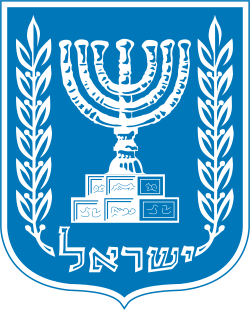Afghanistan–Israel relations
Afghan-Israeli relations are officially non-existent today, as there are no diplomatic exchanges between the two states.[1]
 | |
Afghanistan |
Israel |
|---|---|
History
Israel provided armament and training to mujahideen forces who were fighting the Soviet-backed Afghan government. Thousands of mujahideen fighters, particularly from the Hezb-e Islami faction of Gulbuddin Hekmatyar, were trained by Israeli instructors. The head of Pakistan's ISI agency, Akhtar Abdur Rahman, apparently allowed the Israeli trainers into his country.[2]
In a 2005 interview in Kabul with a reporter from the Israeli newspaper Yediot Ahronoth, Afghan President Hamid Karzai hinted at a desire to establish formal ties with Israel. When "there is further progress [in the Mideast peace process], and the Palestinians begin to get a state of their own, Afghanistan will be glad to have full relations with Israel," he said. He revealed that he had met Shimon Peres several times, and called him a "dear man, a real warrior for peace."[1]
References
- Tarzi, Amin (5 November 2005). "Afghanistan: Might Warmer Relations With Jerusalem Cool Kabul's Relations With Tehran?". Radio Free Europe/Radio Liberty (RFE/RL). Retrieved 29 October 2013.
- Hilali, A. Z. US-Pakistan Relationship: Soviet Invasion of Afghanistan. Aldershot: Ashgate, 2005. p. 124

